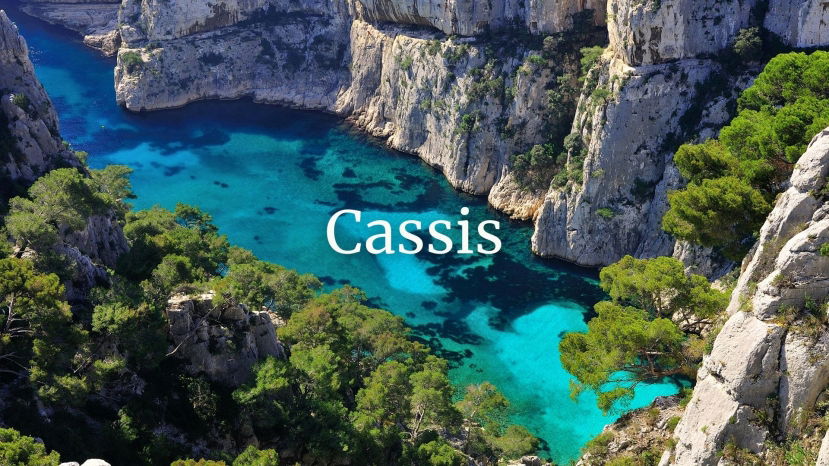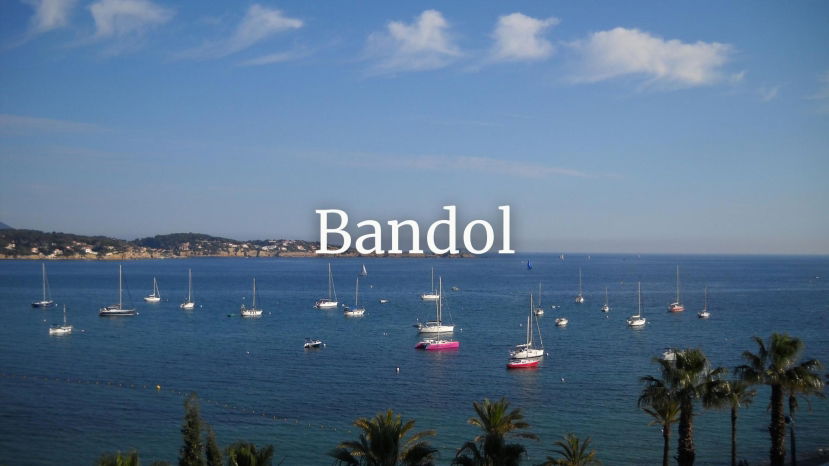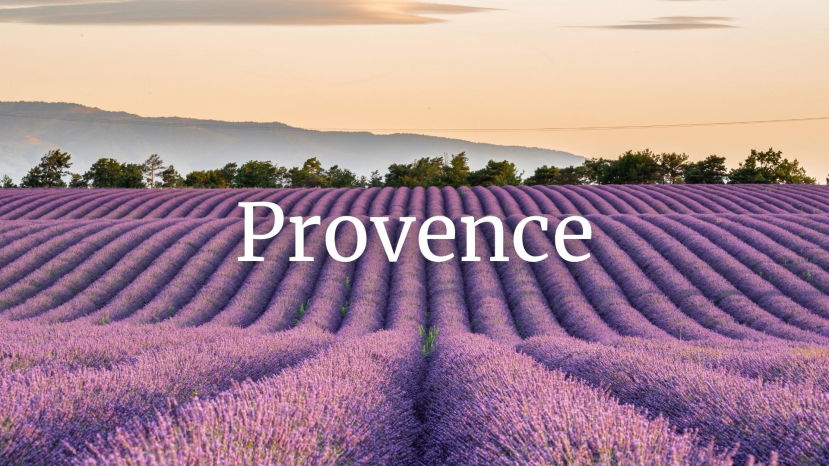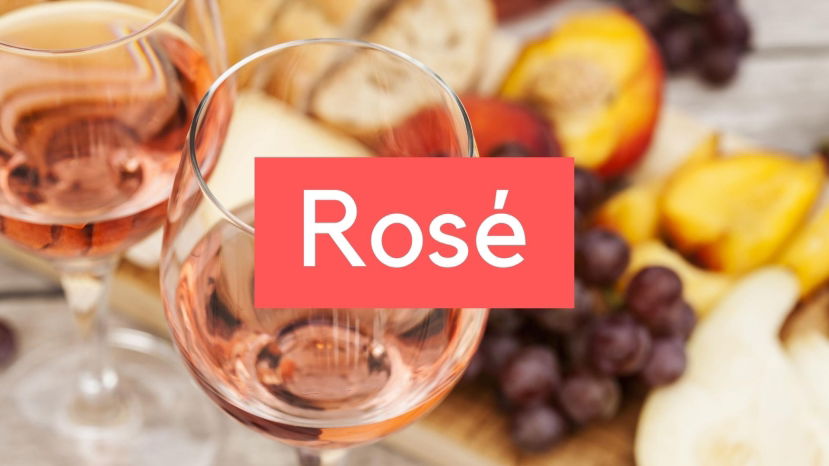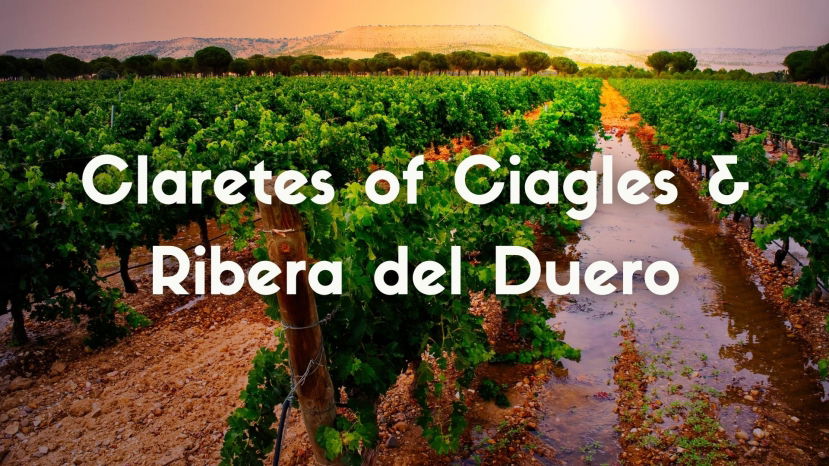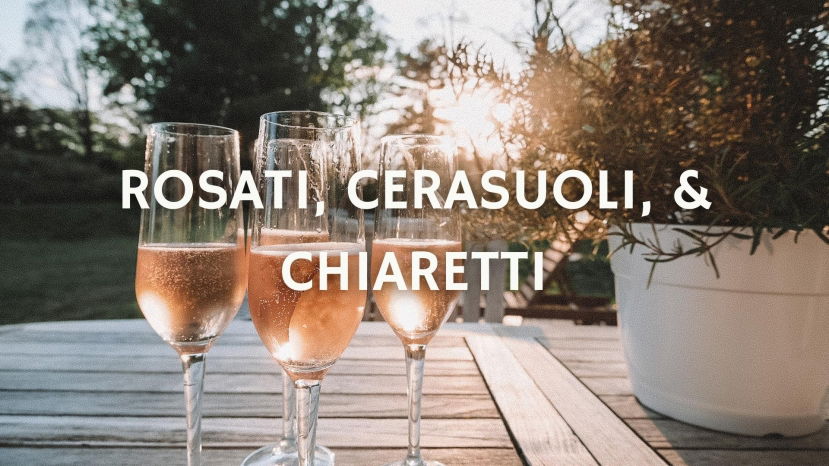BLOG
Elizabeth Gabay MW
Summary: Cassis is an appellation which defies the odds. In a highly popular tourist destination, it specialises in white wines in one of the hottest regions of France. Using many old traditional varieties, producers are managing to create not only fresh drinkable wines, but are also adapting to create wines which retain the character of Cassis, with subtle variations of terroir and
Summary: Perception often outweighs reality and Bandol’s image is the perfect case in point. Bandol reds have a reputation for being big, brooding, deep, dark tannic wines. The appellation is best known for its reds. Its signature grape, Mourvédre, is said to need its feet in the sea and its head in the sun to ripen properly.
Summary: The movers and shakers of Provence are often invisible, behind the scenes, and rarely lauded. Although domaine owners get a little more press than the winemakers, viticulturists and reseachers at the Centre du Rosé, most everyone flies under the radar. Identifying the VIPs of Provence will illustrate what’s happening now in this colorful region… and all the exciting things to come! Presenter: Elizabeth Gabay MW
Summary: Rosé winemaking is not as simple as books would have you believe. In fact, there is a wide range of complex vinification techniques resulting in a wide gamut of wine styles and an even wider range of colors and hues. After a year’s worth of research while writing a book on rosé, Elizabeth Gabay, MW, has found that defining and perfecting
Summary: The appellations of Cigales and Ribera de Duero on the high plateau of north-central Spain, have a long history of making claretes (clairet) wines. When their appellations were created they followed different paths. Cigales chose to focus on claretes and Ribera on red wines. Now, with the modern focus on pale pink rosé, commercial pressure is on and the old styles
Summary: Italy is one of the world's largest producers of rosé, with Pinot Grigio from the Veneto being a major success story, but sales are now falling. The result has been a growing movement in appreciating the history of Italian rosati, cerasuoli and chiaretti, with its vast range of styles and varieties. From alpine valleys to Mediterranean

